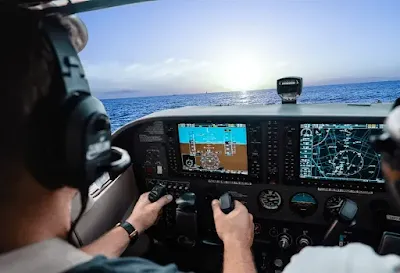Helicopter and Instructional Hazards
Flying Training, Helicopter InstructorHelicopter Hazards During the entire training program, CFIs should emphasize safe operation of the aircraft. The student must be introduced to and completely understand the flight characteristics of the type helicopter being flown. Loss of tail rotor effectiveness (LTE), dynamic rollover (DRO), and the meaning of and how to interpret the height velocity diagram are […]









